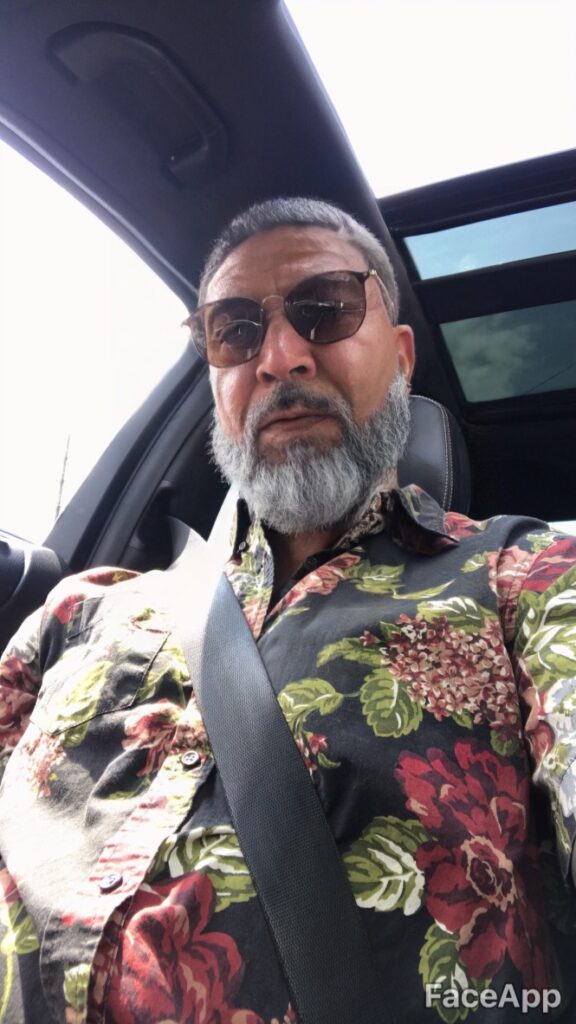I know I’m not the only one who can no longer blame the pandemic for what education looks like today. I’ll submit to the notion that quarantining and learning from home exacerbated our situation. I’m no doctor, but I see some of the underlying issues here. I’m a teacher, so naturally, I have to blame something or someone other than myself. Now that we have those facts out the way, I figured I’d land my target on something that leaves everyone in education at a loss. I blame social media for all this.
When I first started teaching a little over a decade ago most students could read the cursive I wrote on the chalkboard. From my recollection, a solid bunch would still turn in work written that way. We didn’t explicitly teach it, but it was kind of one of those common communicative skills we still shared as a culture. We also still shared Facebook and both adults and middle school aged children would spend time crafting their profile, including their interests, hobbies, upload photos that shared parts of their personality, and type out quasi thought-out status updates when the mood was right. But social media was still so young. And by virtue of how education works, it was too taboo to use as an entry point to engage.
We missed a little something there since a platform like Facebook and an institution like public education seemed to go hand in hand. I mean, it was originally created to establish a social network for university students. (To this day, my Facebook is still attached to my college email address. How? I don’t know). Operating that social media application––regardless of age––required some basic understanding of literacy. Damn, I sound old and salty already.
Other prominent social media sprung in the following years, none more significant than Twitter. I do not recollect a parallel between Twitter and the gradual waning of scholastic caliber within the school system. Maybe that’s because––like everything else that’s happened social media wise––me plus almost every other educator I knew were slow to platforms and only learned of them after we noticed the sphere of influence they had on kids. Facebook and Twitter were synonymous with the pattern of the “things” that altered public education: somewhat on the peripheral but not so overpowering an impact that the “thing” affected projects, tests and 40 minute lesson plans. Holy shit I’m aging by the word.
Looking back, there were good times when those two conglomerates dominated the network sharing sphere. Then some genius decides to strip the profile and its contents, take away the 140 character limit completely, and create an app for photo sharing. Just photos. Instagram was born and teaching, learning too, began to fracture further. I told myself that this app would be a small blip on the youth cultural movement, promised to never by one of those stupid sticks that mounted onto a phone, and vowed never to ever take a picture reflected off of a bathroom mirror. The app didn’t go away. Then Oxford Dictionary, thee Oxford Dictionary, named selfie the word of the year in 2013. I told myself that our times were in trouble. All the teachers in the staffroom, playing their Sudoku and circling their crosswords, agreed. I think I plucked my first grey hair out of my beard that year.
By the time I had succumbed to taking that first selfie in my car, probably waiting at a red light going south on god forsaken Markham Road at 8am, most of my students couldn’t tell me what nine multiplied by eight was without grabbing a calculator. By that time, the school boards had told us that they didn’t need to memorize times tables anymore. So I didn’t feel that bad about it. They also said we should forget about spelling tests, most forms of rote learning, and exhaustive homework. To essentially get with the times. But also they told us to lock away their phones, don’t enter discussions about social media unless you were talking about predators who would manipulate and assault kids, and figure out rich tasks where the means were way more important than the ends. Give me a second, I need to double check my birth certificate.
Tik-Tok (is it one word, or two?) came and shook shit up, for real. Forget about a curated profile, some carefully articulated statement, even a photo that went through a dozen filters before it was posted. Make a video, 15 seconds tops, post it, see if it goes viral, delete it if it doesn’t, or keep it–who cares, repeat. Eat the hottest pepper just to see if you can, dance with your arms only, go slap a stranger and run away. Shoot, pour gasoline fluid on your stomach and light a match. It’s called the fire challenge. Get some water ready, you bought to go viral. Damn, I think I need a cane.
And now we’re here. When I print out a story for my class I sometimes feel like I’m pulling teeth just to get all of them to follow all of it as we read. But I’m not a dentist. Nor a doctor. Unfortunately, this cavity we’re facing has been left untreated. And it’s not caused by pausing to social distance. Our issue with the current challenge arose because we left something untreated for too long. Perhaps because we didn’t know how to grow with it, or allow it to grow inside our walls. Either way, we have a lot of restoration that needs to occur. And as educators, we have to fight off the urge to turn into into geriatrics overnight.

